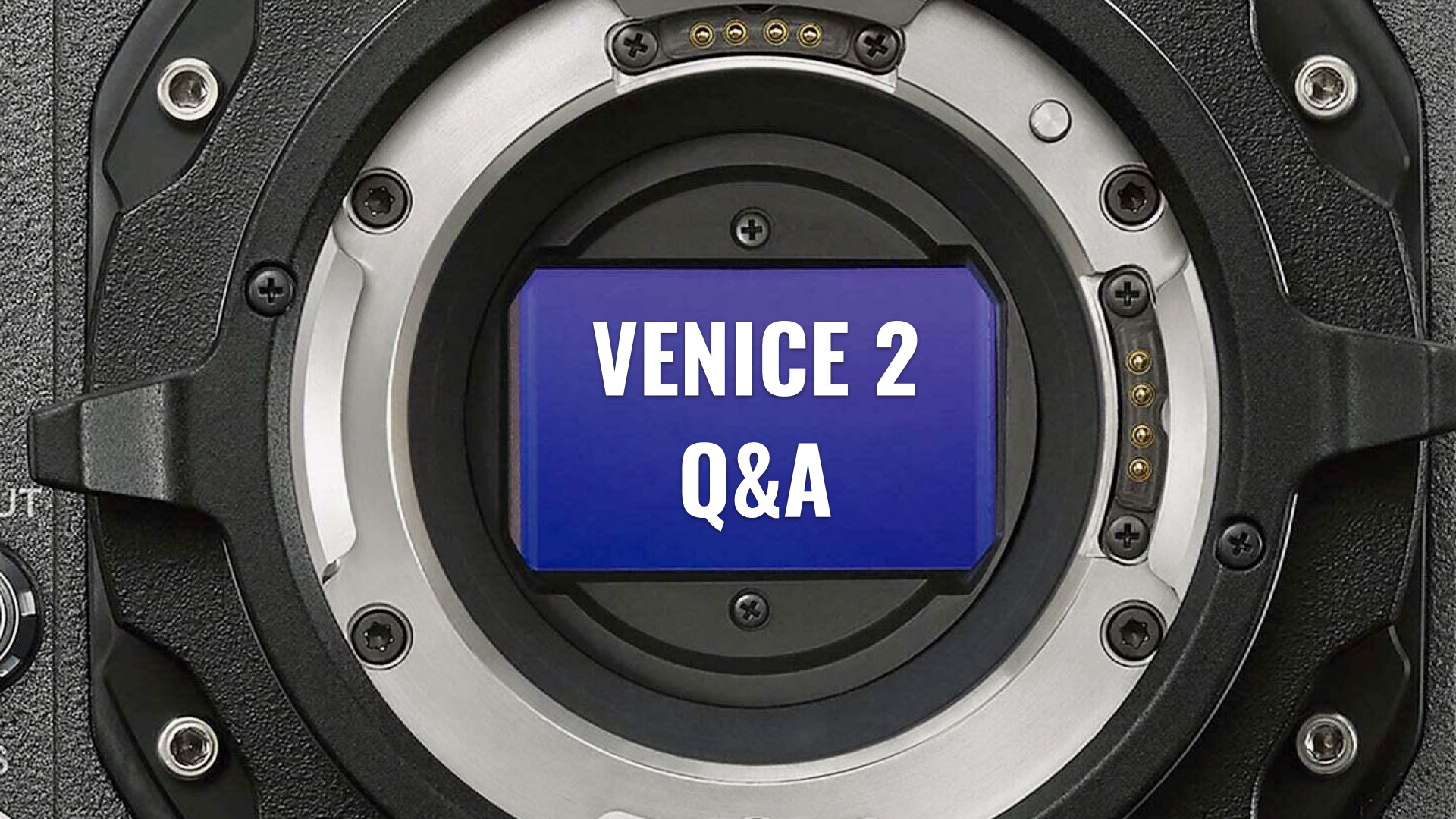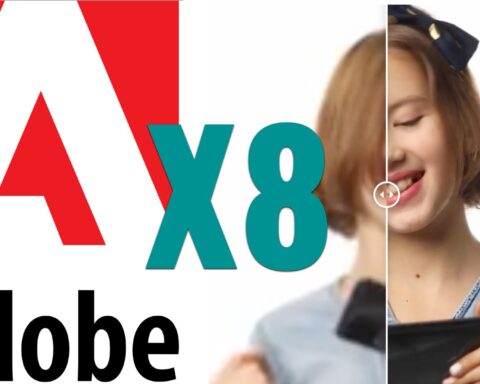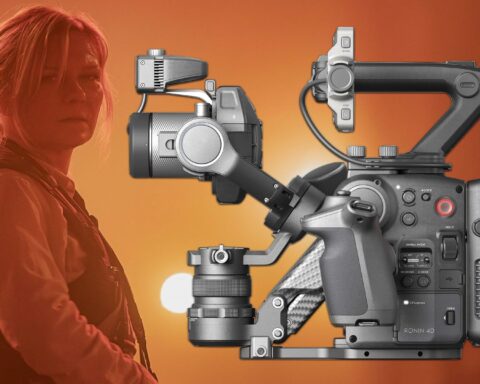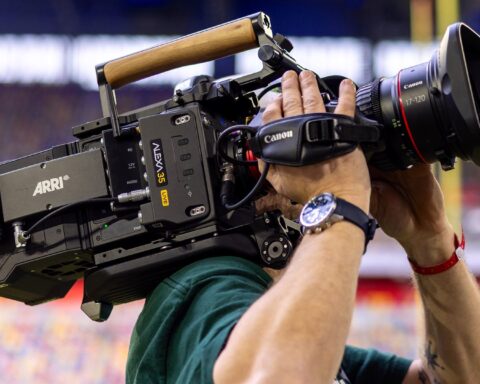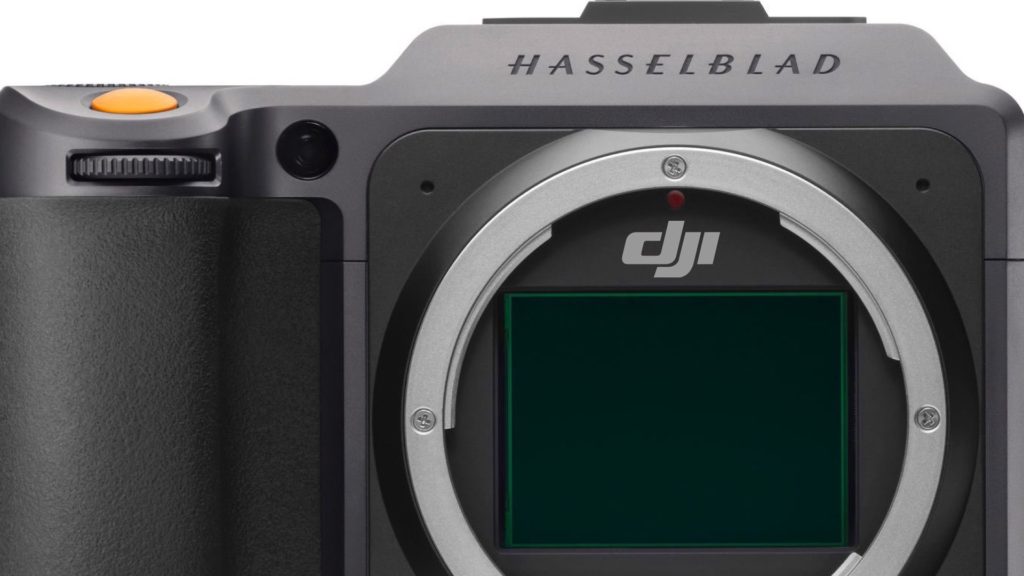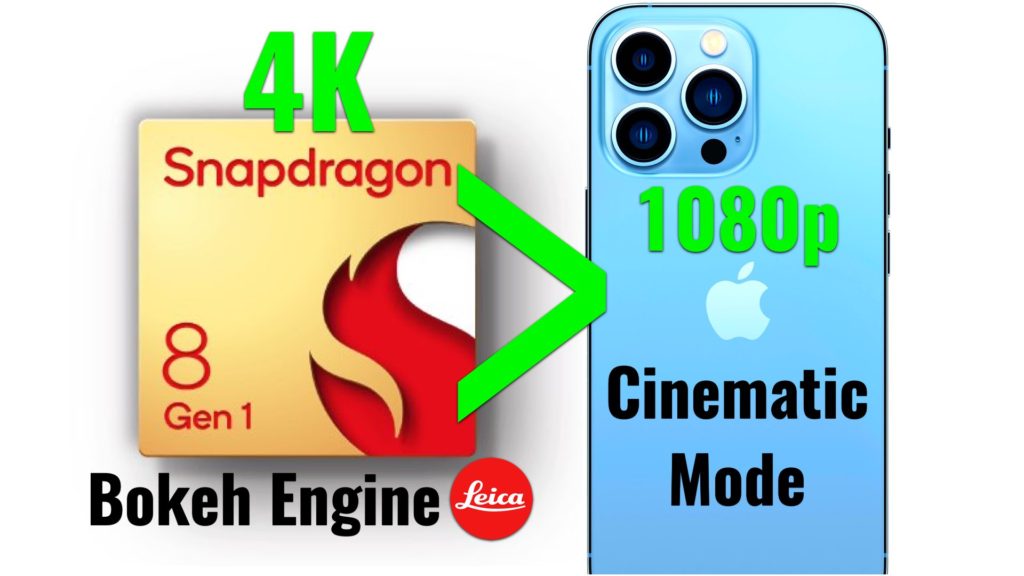Sony has published a useful Q&A page explaining its new VENICE 2 8.6K cinema camera and its similarities and dissimilarities regarding the VENICE (1) and Alpha cameras. This page is a must for anyone who considers shooting with the VENICE 2. Check out the highlights below:
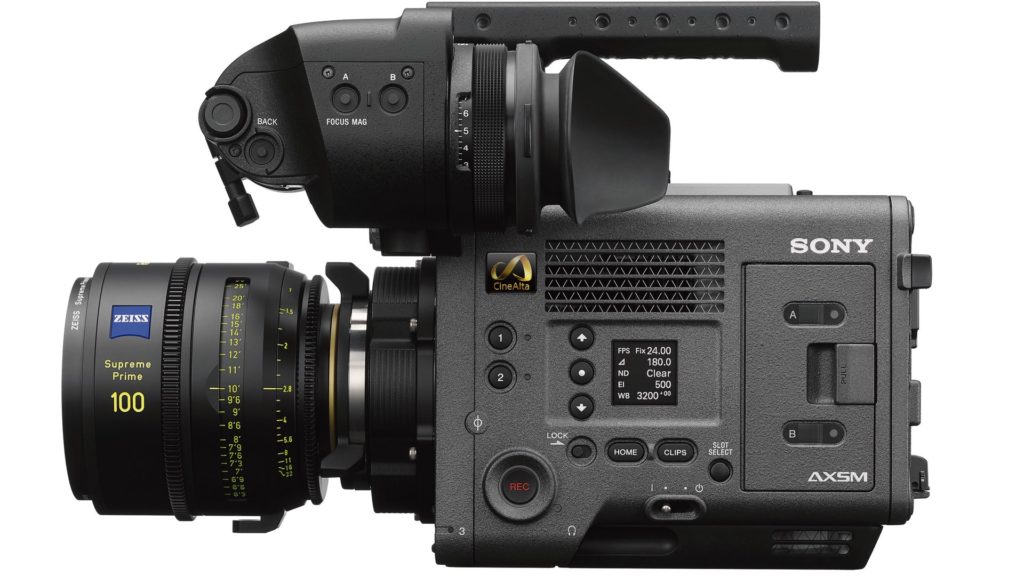
VENICE (1) vs, VENICE 2
The VENICE 2 was introduced a month ago (Read our coverage: “Sony VENICE 2 Announced: A New 8.6K Full-Frame Cinema Flagship”). Basically, there are two versions of the cameras: 8K and 6K. The VENICE 2 camera with an 8.6K image sensor is scheduled to start shipping in February 2022 and VENICE 2 camera with a pre-installed 6K image sensor in March 2022. In addition, the VENICE 2 6K can be used with the existing VENICE Extension System, and a next-generation Extension System for VENICE 2 8K is planned to be released by early 2023. The 8K version costs about $5,000 more than the 6K version (approximately $59,000). Anyway, in order to get filmmakers more familiar with the new VENICE, Sony published a Q&A (questions and answers) page explaining the position of the VENICE 2 compared to the first VENICE and even to the Alpha mirrorless lineup. Explore the Q&A and key points below:
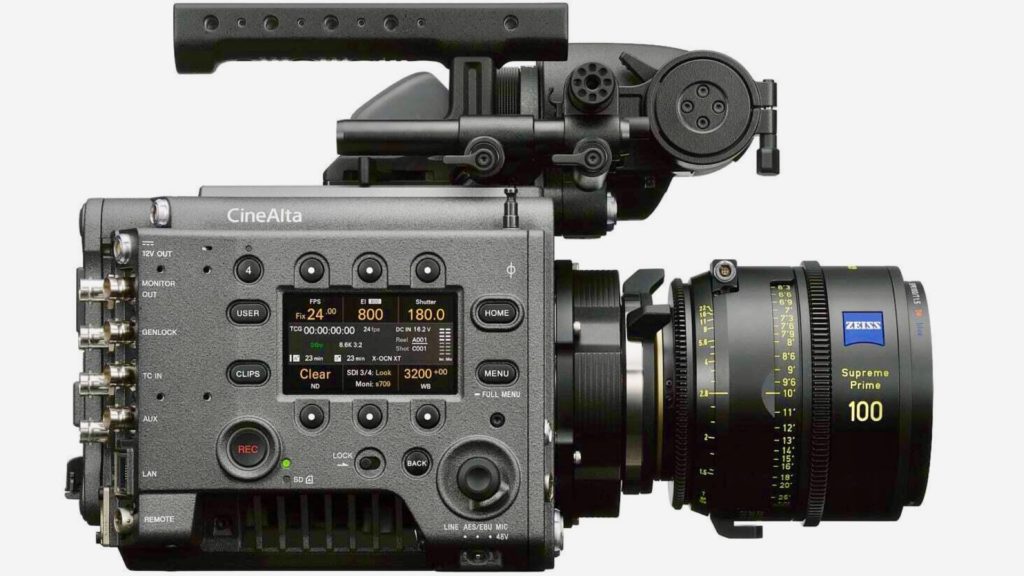
Sensor: VENICE vs. VENICE 2 vs. Alpha
Question: Is the sensor of VENICE 2 6K the same sensor as the original VENICE? Is there any difference as an image sensor block (OHB block: Optical Head Block)?
Sony: The VENICE 2 6K sensor block is the same one used in the original VENICE. Customers who own the original VENICE can install and operate the OHB on VENICE 2.
Question: Are both CMOS image sensors manufactured in-house by Sony?
Sony: Yes, the sensors are made in-house by Sony.
Question: Is the CMOS image sensor installed in VENICE the same as Alpha?
Sony: No, it’s not. The installed 8.6K full-frame sensor is a unique sensor newly developed for VENICE 2 8K. In addition, the 6K full-frame sensor installed in VENICE 2 6K is the same sensor as the original VENICE, and it is a unique sensor developed only for VENICE.
Question: What is the specific difference between the Alpha sensor and the sensor for cinema cameras?
Sony: We cannot explain in detail, but sensors for cinema production have different specifications from the Alpha sensor or sensors for photography.
Question: Why are the two sensors different in Base ISO? (VENICE 2 8K: 800/3200, 6K: 500/2500)
Sony: The appropriate ISO sensitivity is different for each photo site. In the process of determining the sensitivity of the 8K sensor, we aimed for ISO 800, which is widely accepted and used for shooting.
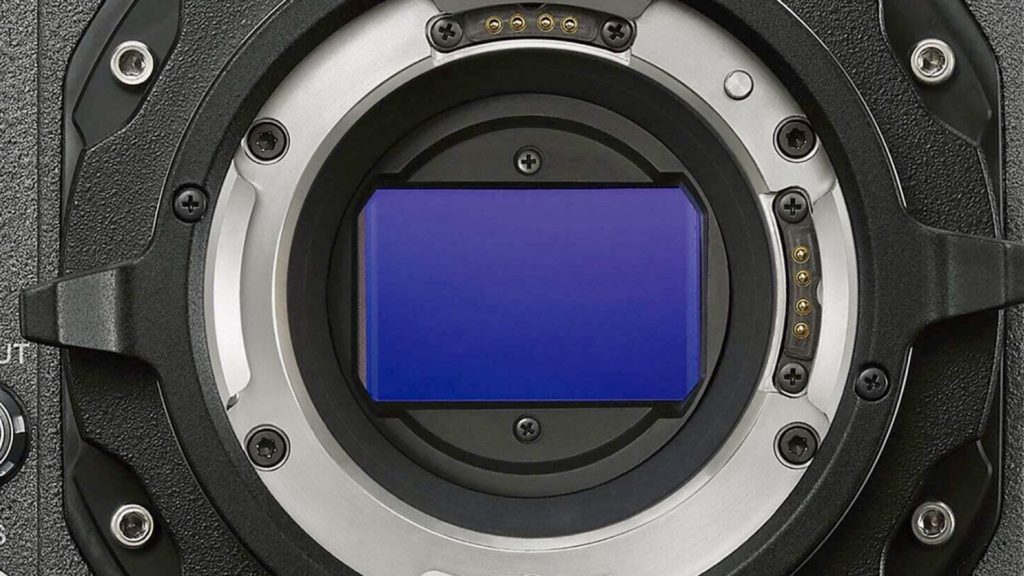
VENICE 2 was almost developed as a global shutter camera
Question: Does the sensor have a global shutter sensor?
Sony: We cannot answer in detail, but we decided to use the rolling shutter format after careful evaluation. However, both sensors used in this camera have a Fast Shutter, and it is possible to shoot with less motion distortion than a camera equipped with a general CMOS image sensor.
In a footnote, it will be interesting to test the rolling shutter artifacts of the VENICE 2 compared to the VENICE. It seems that cinema camera manufacturers prefer to build rolling shutter sensors with a fast readout, than just developing a global shutter camera. That’s correct to the ALEXA, VENICE, and RED Raptor.
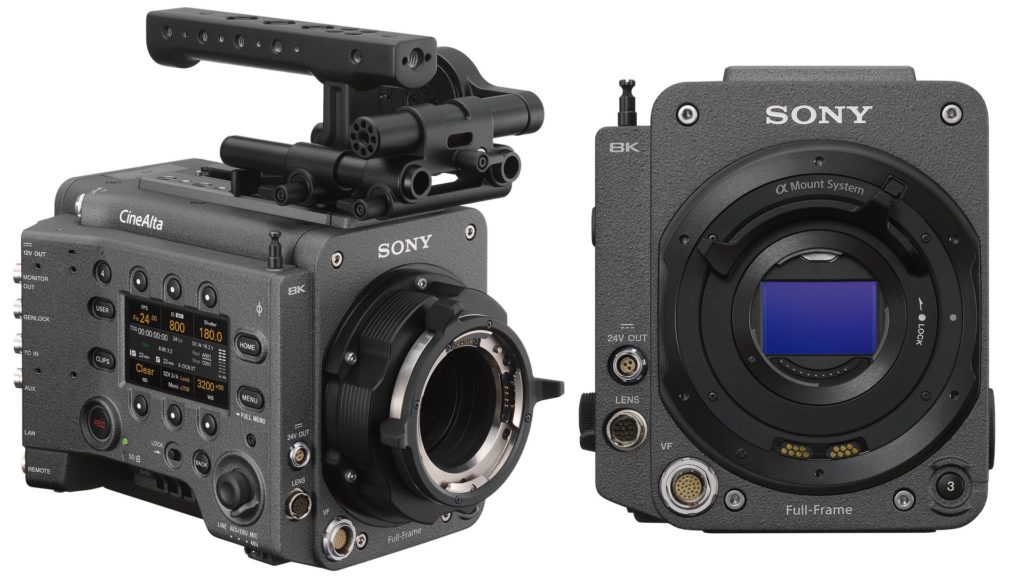
Sensor block
Question: Is it possible for the user to change out a sensor block (OHB block) when on location?
Sony: Yes. Like the current VENICE, when using the Extension System (Rialto), the user can remove it while on location and replace it with another OHB block. A cleanroom is not required. The OHB block and camera body side are designed to eliminate contamination from dust and dirt. That said, the 8.6K sensor can only be used with the VENICE 2.
Question: Can I purchase only the sensor block (OHB block)?
Sony: Not at this time, but the 6K OHB can be purchased from the Sony spares division.
Question: Why can’t I use the 8K sensor with the original VENICE body? Can it be physically attached?
Sony: The internal processing in the camera body is different, and the original VENICE cannot handle the increased data rate of the 8.6K sensor, therefore, it is not supported. In addition, the physical size of the heat sync on the back of the 8K OHB block is also different, so it cannot be attached to the original VENICE.
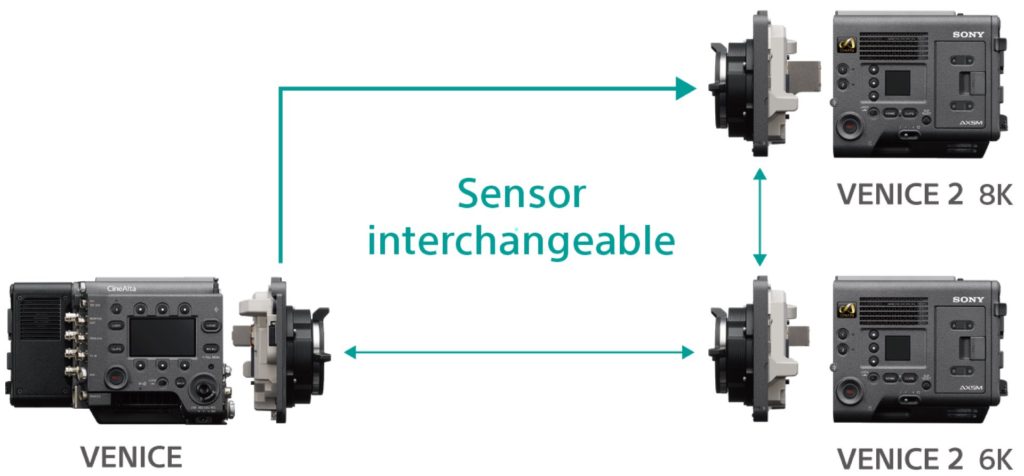
Color science, RAW and X-OCN
Question: Is the color reproduction the same between the original VENICE and the VENICE 2?
Sony: VENICE 2 8K color reproduction is optimized to the same color reproduction as the original VENICE or VENICE 2 6K sensor.
Question: Are the optical filters in front of the sensor the same?
Sony: The UV cut / infrared cut filter characteristics are the same. Regarding the optical low-pass filter, since the pixel pitch differs between 6K and 8K sensors, we have developed and built the optimum filter for each.
Question: What is X-OCN?
Sony: It is an abbreviation of “eXtended tonal range Original Camera Negative.” The “extended tonal range” was named for “faithfully recording the fine gradations output from the camera.” There are three main user benefits of X-OCN. (1) Image quality (2) Data size (3) High degree of freedom in post-production.
- By processing and recording the Bayer data output from the camera with 16-bit scene linear so as not to impair the dynamic range of the imager, post-production and flexible high image quality was maintained as the optimum format for HDR production. In addition, color grading can be performed.
- X-OCN ST can achieve quality comparable to F55RAW with a data size of about 70% of Sony’s F55RAW. In addition, X-OCN LT, which can record at 40% of the data size of F55RAW, has almost the same data size as XAVC 4K Class 480 (XAVC 4K high image quality mode).
- As with RAW, you can freely adjust and change the ISO sensitivity and white balance after shooting, and you can freely reflect the intention of the production.
Question: Is X-OCN different from RAW?
Sony: X-OCN benefits from advancements in compression technology that was not available when Sony RAW was developed. It is both more efficient and can achieve higher image fidelity at comparable data rates.
Question: Is it possible to use the VENICE 2 for the RAW recording that was supported by R7?
Sony: VENICE 2 does not support it. Originally, RAW was available only for 4K17: 9 and 3.8K 16: 9 in VENICE, but considering the frequency of use in the market, VENICE 2 will only support X-OCN.
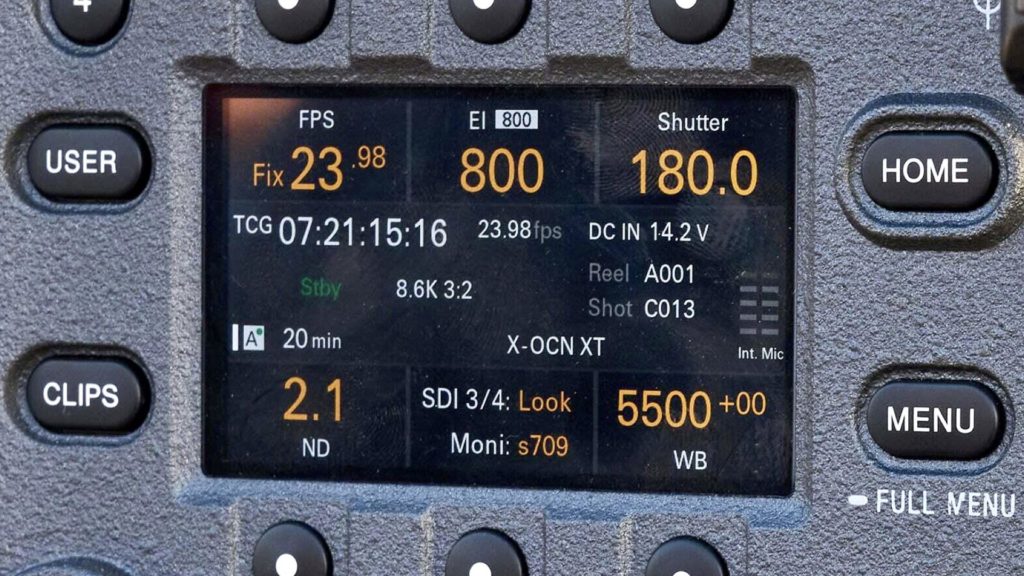
Trade-in and special promotions
Question: Can I purchase just the new VENICE 2 body?
Sony: Not at this time
Question: Do you have any plans for trade promotion with the original VENICE?
Sony: We are currently working on a trade-in program. Stay tuned to sonycine.com for details.
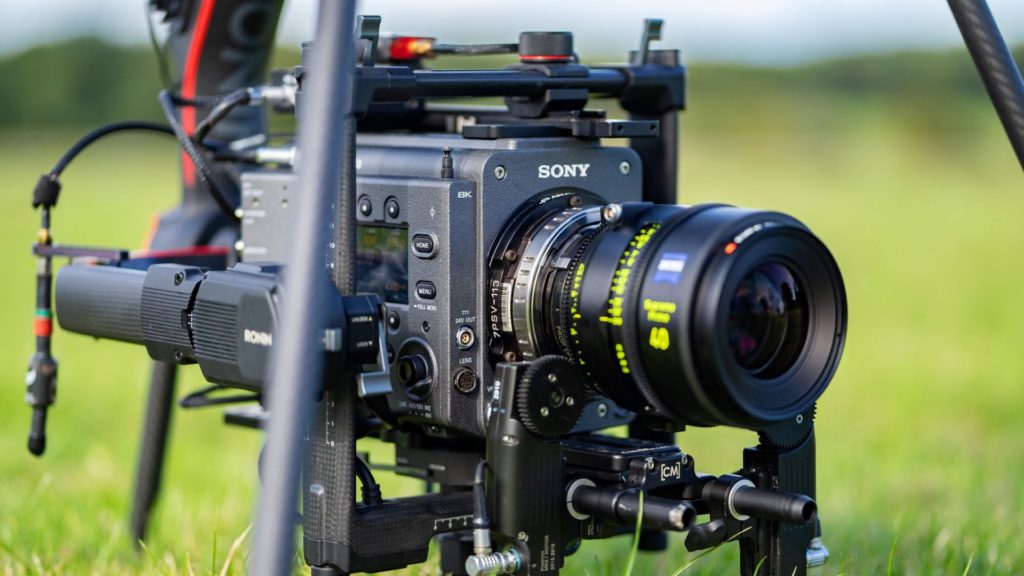
Summary
This Q&A article sheds more light on the VENICE 2 and where it stands compared to other cameras in the Cinema Line, and Alpha lineup. The VENICE 2 is a cinema camera that was designed for high-end productions. Sony emphasizes that the R&D of the VENICE 2 was heavily based on VENICE (1) users’ feedback and inputs, in order to make the VENICE 2 even more powerful and compelling. It’ll be intriguing to compare the 8K imagery of the VENICE 2 to the RED Raptor, in spite of the significant delta between prices.
Product List
Here’re the products mentioned in the article, and the links to purchase them from authorized dealers.
- Sony VENICE 2 Digital Motion Picture Camera (8K)
- Sony VENICE 2 Digital Motion Picture Camera (6K)
- RED V-RAPTOR 8K VV DSMC3


